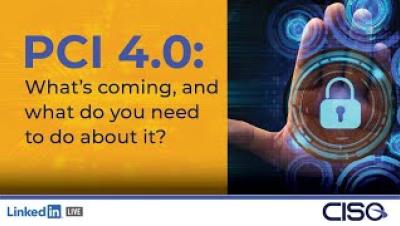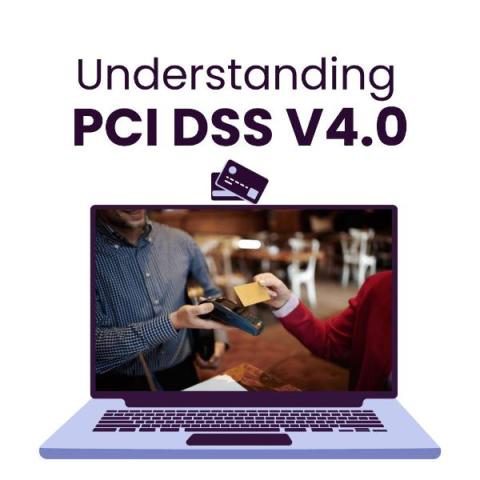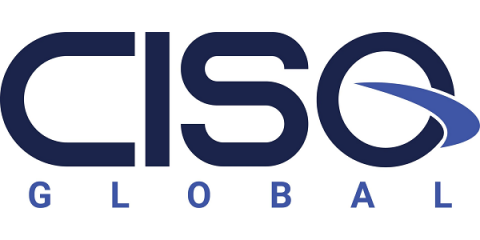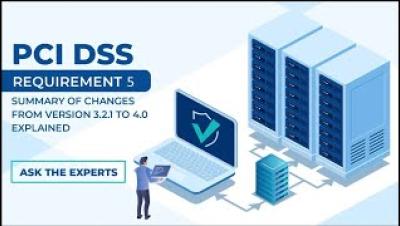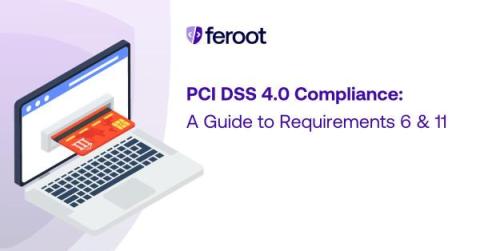PCI Compliance Levels: A Developer's Guide to PCI Compliance
Compliance is something that developers dislike. Traditionally led by risk and information security teams, compliance standard enforcement in organizations is not something software engineers are trained to do. So when the words “PCI compliance” are tossed around, for many developers it mentally translates to limitations, guardrails, bottlenecks, and drastic changes to their workflows that impact productivity. But that doesn’t have to be the case.





